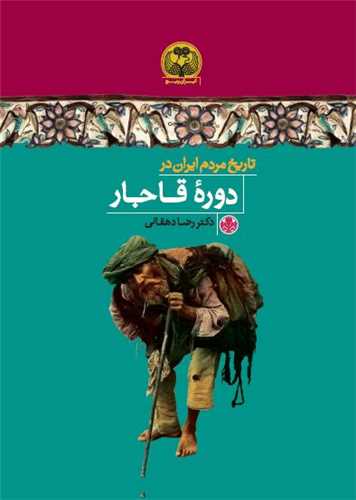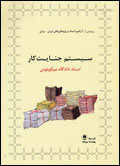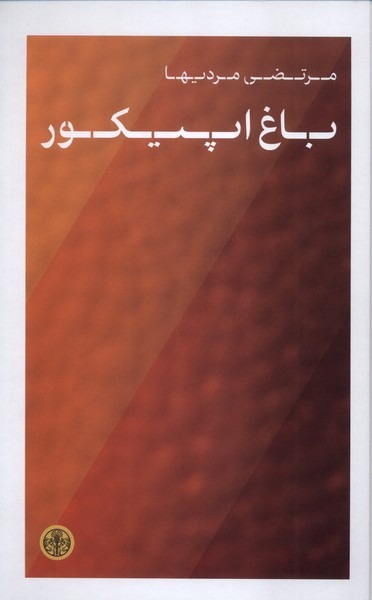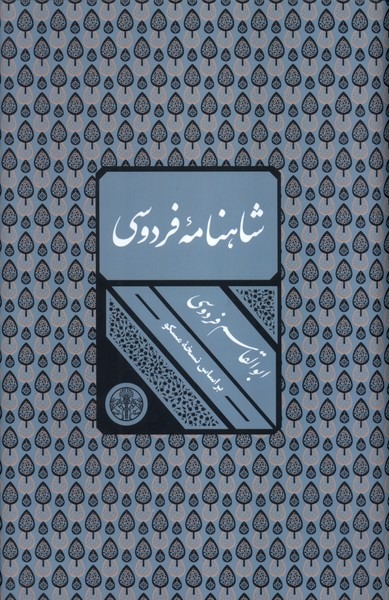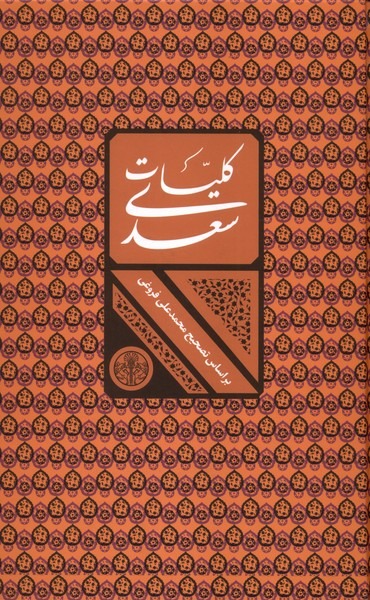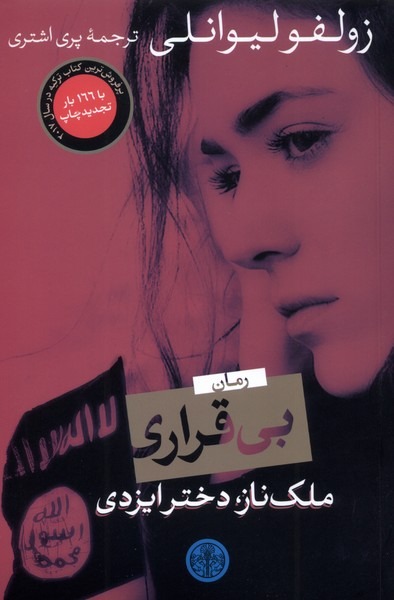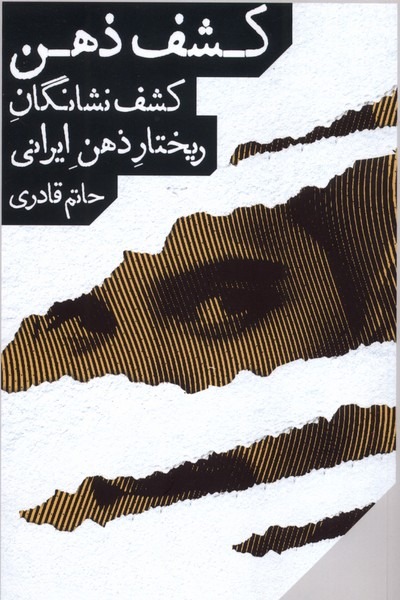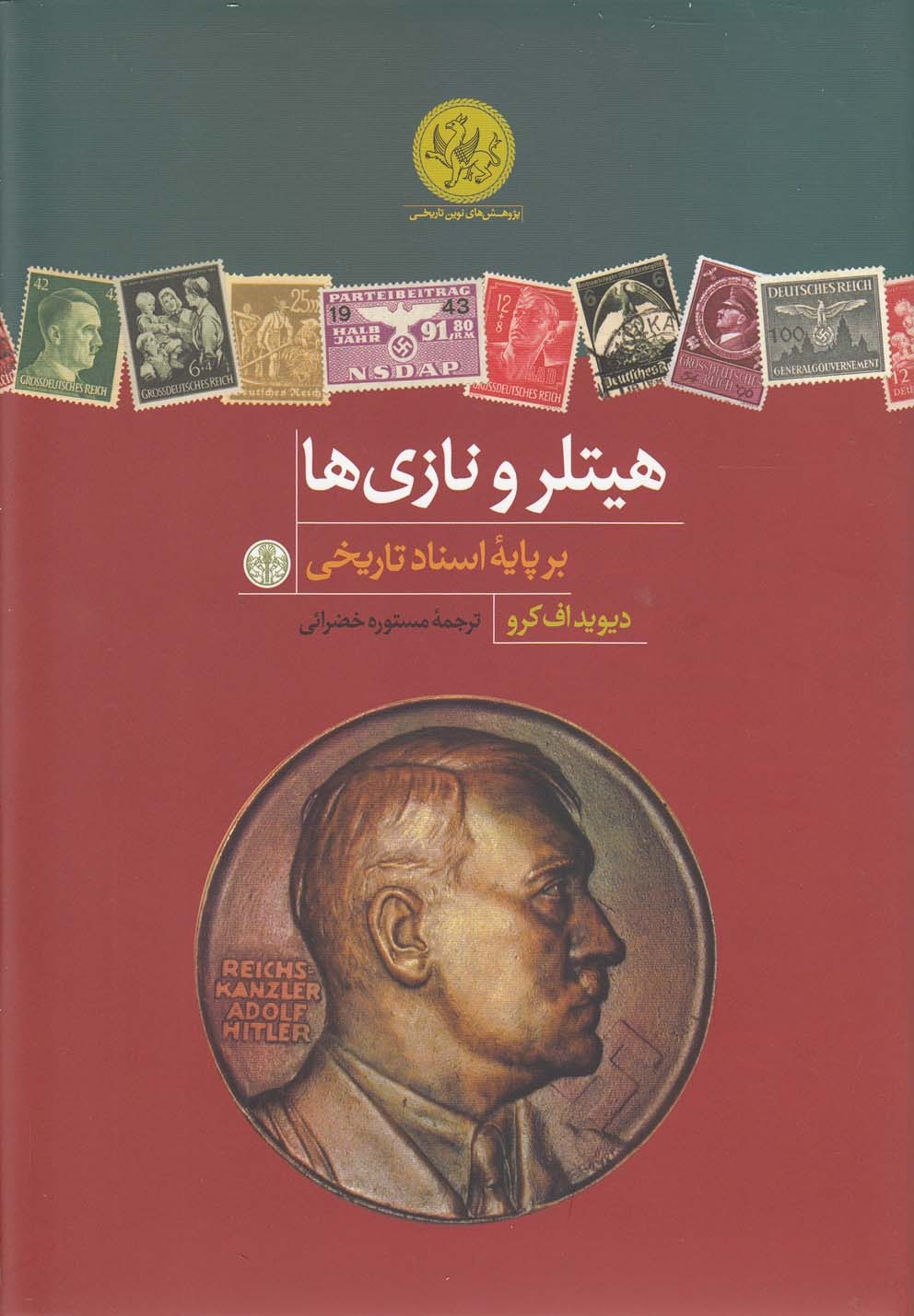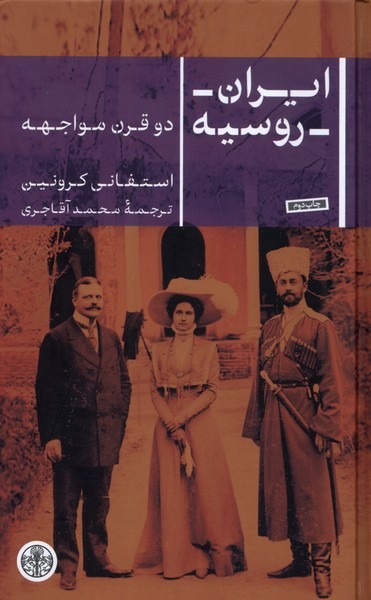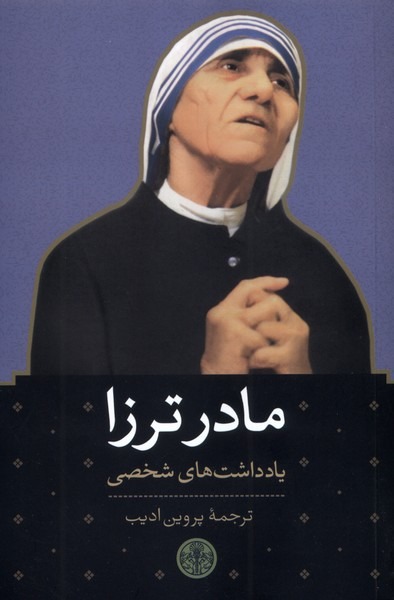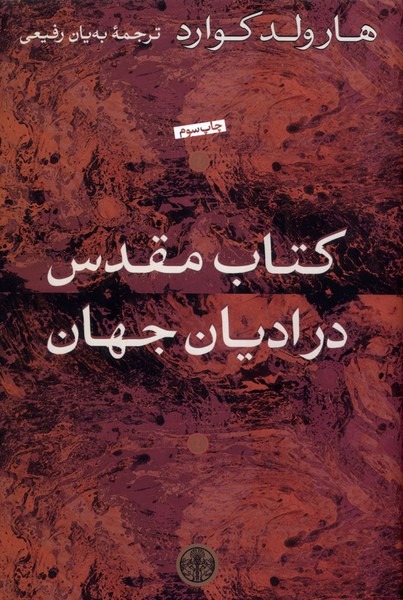Tārīkh-i Mardum-i Īrān dar Dawrah-yi Qājār: Persian 1403
تاریخ مردم ایران در دوره قاجار
170 SEK
Share
Wishlist
Original Title:
تاریخ مردم ایران در دوره قاجار
ISBN:
9786002530028
Publisher:
Bungah-i tarjumah va nashr-i kitab pārsah
Age Group:
Adult
Pages:
30
Weight:
674 g
Dimensions:
18 x 25 x 4 cm
Book Cover:
Hard Cover
The book History of the Iranian People in the Qajar Period, written by Reza Dehghani, deals with the political, economic, intellectual, cultural, arts and crafts of the Qajar period and introduces the famous kings and prominent individuals of this period in detail.
The Qajar era, which takes its name from the Qajar ruling dynasty, is considered a very important period in the life and historical destiny of the Iranian people. Given that almost all governments that came to power in Iran had a tribal nature and roots, the Qajar government is no exception to this rule. Rather than being considered kings of the country, the Qajar rulers were considered the heads and elders of the Qajar tribe. Thanks to the power of the tribal and tribal fighting force, alliances and alliances, and the elimination of competitors, they succeeded in conquering Iran and establishing themselves on the throne of Iran.
Political, ideological, and economic reasons played a role in the Qajar government's rise to power. Although most of these had internal roots, the role of external factors should not be overlooked (although to a lesser extent).
The coincidence of the Qajar government with the 19th century, which was the century in which the essence of Western civilization emerged, confronted Iranian society with two problems: on the one hand, the issue of colonialism and the political and military domination of European powers, which had taken over all the countries of the East, including Iran, and on the other, the disruption of the traditional order of Iranian society following the arrival of Western civilizational achievements and the emergence of an intellectual and educated class, which ultimately led to a continuous challenge between the two currents of tradition and modernity in the second half of the Qajar era.
The structure of the book is such that the author initially provides detailed explanations about the Qajar dynasty and their lives before becoming monarchs, how Agha Mohammad Khan ruled, and an explanation of treaties, wars, and also a brief description of the lives of influential individuals, including kings and some ministers. Then he mentions the economic and social situation of Iran during the Qajar rule, and as the name of the book suggests, the main focus is on describing and explaining the social situation, and this point distinguishes this book from other books in this field that have only examined the state of the government. In the second chapter, Dehghani talks about the prevailing way of life of the people in cities and villages and the impact of the decisions and privileges of the kings on the lives of the common people, merchants, and various classes. With the victory of the constitutionalists, wewitnesseds a fundamental change in the pattern of the division of power, which consequently affected the status of the classes of society.
After describing the types of occupations and social classes, Reza Dehghani talks about the status of the monetary system and the major influence of Western countries and Russia on the banking system and its transformation. In the following chapters, the author discusses the distribution of power in the administrative organization and the monarchy and explains the duties and powers of each government position, including the Prime Minister, the Minister of the Army, the Chief of the Court, the Mostofi al-Mamalek, the Khatib al-Mamalek, etc. In the final two chapters, the author provides you with original and interesting information that deals with industry, art, and knowledge during that period. He considers the establishment of the Dar al-Fonon to be one of the results or reasons for modernization and the change in the intellectual and cultural situation in Iran; two factors that are necessary and necessary for each other, and in the continuation of this modernization, signs of the growth of freedom of expression can be seen in publications and newspaper printing.
Dehghani has tried to present a complete and comprehensive report on the situation in Iran during the Qajar era in this book, which, considering the breadth of topics covered in this field, can be considered a successful work in the field of historical books.
more
کتاب تاریخ مردم ایران در دوره قاجار نوشتۀ رضا دهقانی، به اوضاع سیاسی، اقتصادی، فکری، فرهنگی، هنر و صنعت دوران قاجار میپردازد و پادشاهان مشهور و افراد برجستۀ این دوره را به صورت چیکده معرفی میکند.
عصر قاجار که نام خود را از دودمانِ حکومتگر قاجار گرفته است، دورانی بس پراهمیت در حیات و سرنوشت تاریخی مردم ایران محسوب میشود و با توجه به اینکه اکثر قریب به اتفاق حکومتهایی که در ایران بر سر کار آمدند، سرشت و ریشۀ عشیرهای داشتهاند، دولت قاجار هم از این قاعده مستثنی نیست و حکمرانان قاجار بیش از اینکه پادشاه کشور به حساب آیند، رئیس و بزرگ ایل قاجار به حساب میآمدند که به یُمن برخورداری از نیروی رزمندۀ عشایری و ایلی و اتحادها و اتفاقها و از میدان به در کردنِ رقبا، موفق به تسخیر ایران و استقرار بر تخت پادشاهی ایران شدند.
در به قدرت رسیدنِ دولت قاجار، علتهای سیاسی، ایدئولوژیک و اقتصادی نقش داشتند. با وجود اینکه اکثر اینها ریشۀ داخلی داشتند، نباید از نقش عوامل خارجی نیز (البته به درجهای کمتر) غافل ماند.
تقارن حکومت قاجار با قرن نوزدهم که در واقع عصارۀ تمدن غرب در این قرن به منصۀ ظهور میرسد، جامعۀ ایران را با دو مسئله مواجه کرد: از یک سو مسئلۀ استعمار و سلطۀ سیاسی نظامی قدرتهای اروپایی که دامن تمامی ممالک شرق و از جمله ایران را گرفته بود و دیگر برهم خوردن نظم سنتی جامعه ایران در پی ورود دستاوردهای تمدنی غرب و ظهور طبقۀ روشنفکر و تحصیل کرده که در نهایت باعث چالش ممتد دو جریان سنت و مدرنیته در نیمۀ دوم عصر قاجار گردید.
ساختار کتاب به نحوی است که نویسنده در ابتدا توضیحات مفصلی دربارۀ خاندان قاجار و زندگیشان پیش از به سلطنت رسیدن، چگونگی سلطه آقامحمد خان و شرح قراردادها، جنگها و همچنین توصیف مختصری از زندگی افراد تاثیرگذار از جمله پادشاهان و برخی وزیران ارائه میدهد. سپس به ذکر وضعیت اقتصادی و اجتماعی ایران در دوران حکومت قاجار میپردازد و همانگونه که از اسم کتاب بر میآید، تمرکز اصلی بر شرح و توضیح اوضاع اجتماعی است و همین نکته این کتاب را از سایر کتابها در این زمینه که صرفا به بررسی وضعیت حکومت پرداختهاند، متمایز میسازد. در فصل دوم دهقانی از شیوه زندگی غالب مردم در شهرها و روستاها و تاثیر تصمیمات و امتیازهای پادشاهان بر زندگی عامه مردم، تجار و طبقات گوناگون میگوید. با پیروزی مشروطهخواهان، شاهد تغییری اساسی در الگوی تقسیم قدرت هستیم که به تبع آن وضعیت طبقههای جامعه نیز تحت تأثیر قرار گرفت.
رضا دهقانی پس از شرح انواع مشاغل و قشرهای جامعه از وضعیت نظام پولی و تأثیر عمدۀ کشورهای غربی و روسیه در شیوه بانکداری و متحول شدن آن سخن میگوید. مولف در فصول بعدی از چگونگی توزیع قدرت در تشکیلات اداری و دستگاه سلطنت سخن میگوید و وظایف و اختیارات هر یک از جایگاههای حکومتی از جمله، صدر اعظم، وزیر لشکر، صاحب دیوان، مستوفی الممالک، خطیب الممالک و... را تشریح میکند. در دو فصل پایانی نویسنده اطلاعاتی بدیع و جالب در اختیار شما میگذارد که به صنعت، هنر و دانش در آن دوران میپردازد. او تأسیس دارالفنون را یکی از نتایج و یا دلایل نوگرایی و تغییر اوضاع فکری و فرهنگی ایران تلقی میکند؛ دو عاملی که لازم و ملزوم یکدیگرند و در ادامۀ این تجددگرایی، نشانههایی از رشد آزادی بیان را در نشریات و چاپ روزنامهها میتوان دید.
دهقانی کوشیده است در این کتاب گزارشی کامل و جامع از وضعیت ایران در دوران قاجار ارائه دهد که با توجه به گستردگی موضوعات مطرح در این حوزه، میتوان این کتاب را اثری موفق در زمینه کتب تاریخی قلمداد کرد.
مجموعه ایرانویج بر آن است تا دورهای کامل از تاریخ ایران را پیشِ روی شما قرار دهد.
در بخشی از کتاب تاریخ مردم ایران در دوره قاجار میخوانیم:
قبلۀ عالم، معروف به «سلطان صاحبقران» و سپس «شاه شهید»، چهارمین شاه از دودمان قاجار بود. فرزند محمدشاه و جهانخانم (مهد علیا) در ششم ماه صفر سال 1274 ق / 25 تیر 1210 ش در تبریز به دنیا آمد. در تربیت ناصرالدین سعی بسیار شد و مسئولیت آموزش وی و برخی از شاهزادهها به میرزاعیسی قائممقام فراهانی و فرزندش میرزا ابوالقاسم و پس از آن به میرزاتقیخان امیرکبیر واگذار گردید. ناصرالدین یکی از شاهزادههایی بود که دانش خود را از امیرکبیر آموخت. در چهاردهسالگی با گلینخانم، دختر یکی از شاهزادگان قاجار پیمان زناشویی بست.
در سال 1263 ق رسماً حکومت آذربایجان به وی تفویض شد و عازم دارالسلطنۀ تبریز گردید. وی طولانیترین مدت سلطنت را در میان دودمان قاجار داشت. وی اولین شاه ایرانی بود که خاطرات خود را منتشر کرد. او را پیش از پادشاهی «ناصرالدینمیرزا» میخواندند.
وی خبر درگذشت پدرش محمدشاه را در سال 1228 ق هنگامی که در تبریز بود شنید، و تا رسیدن وی به تهران مادرش مهدعلیا زمام امور را به دست گرفت. ناصرالدین با یاری و راهنمایی میرزاتقیخان امیرکبیر روانۀ پایتخت شد و بر تخت سلطنت نشست و میرزاتقیخان را به صدارت برگزید.
نخستین سالهای سلطنت ناصرالدینشاه با شورشهای پیدرپی در ولایات و ایالات کشور همراه بود. در زمان سلطنت وی اوضاع ایران بسیار آشفته بود. درآن زمان چون وی کمسنّ و سال بود، مادر وی در حکومت دخالت زیادی داشت. در تمامی بلاد ایران شورش برپا بود چنان که اهالی بروجرد بر جمشیدخان ماکویی و مردم کرمانشاه برمحبعلیخان و ساکنین شیراز بر حسینخان نظامالدوله قیام کرده بودند و هر کدام از حاکمان قسمتی را برای خود برداشته بودند و از همه مهمتر فتنۀ حسنخان سالار در خراسان بود که دفعِ آن بسیار سخت بود. امیرکبیر سلطانمرادمیرزای قاجار را برای سرکوبی وی فرستاد که پس از سه سال کشمکش، سرانجام این غائله با کشته شدنِ سالار پایان یافت. در گیر و دارِ این رویداد که مشهد در محاصرۀ نیروهای دولتی بود، روسیه و بریتانیا پیشنهاد میانجیگری داده بودند که امیر نپذیرفته و گفته بود که «مشهدیان ترجیح میدهند که بیستهزار تن از ایشان کشته شوند تا اینکه شهر به توسط خارجی به تصرف شاه درآید».
more

